Eco-Friendly Flooring Options for Homes
Choosing eco-friendly flooring for your home is an important step towards creating a sustainable and healthy living environment. With a growing awareness of environmental impact and indoor air quality, many homeowners are seeking alternatives to traditional flooring materials that may contribute to pollution or contain harmful chemicals. Eco-friendly flooring options not only reduce your carbon footprint but also add natural beauty and durability to your space. This comprehensive guide explores a variety of sustainable flooring materials, their benefits, installation considerations, and maintenance tips to help you make an informed choice for a more environmentally responsible home.

The Importance of Eco-Friendly Flooring
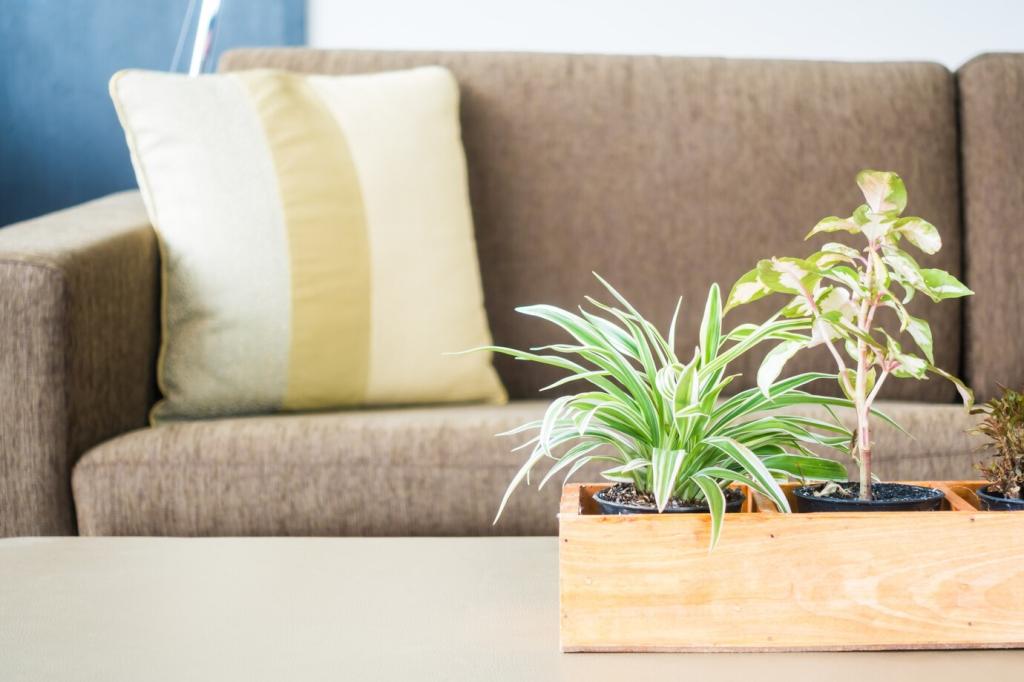
Sustainability Benefits
Opting for eco-friendly flooring materials supports the preservation of natural resources and reduces landfill waste. Many green flooring types utilize rapidly renewable resources or recycled content, ensuring a smaller ecological footprint throughout their lifecycle. This approach helps to maintain forests, decrease the extraction of nonrenewable resources, and promote responsible manufacturing standards. By choosing sustainable floors, homeowners contribute to a cycle of responsible consumption, encouraging flooring producers to uphold environmental stewardship and fair labor practices worldwide. The net effect benefits not only individual homes but the broader ecosystem as well.
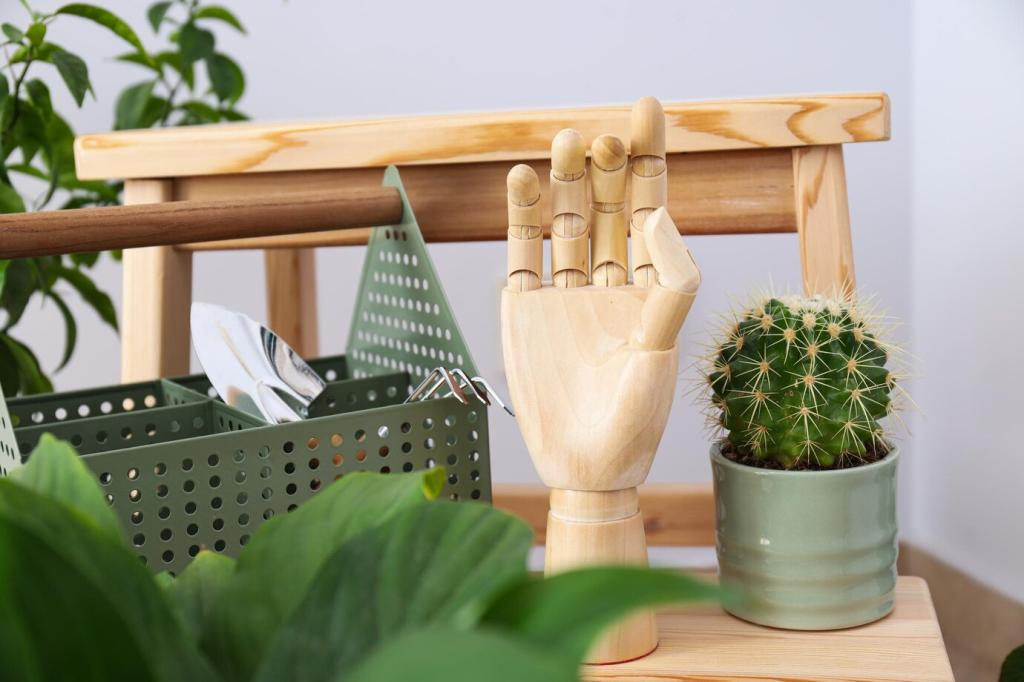
Healthier Indoor Environments
Eco-friendly flooring is often free from harmful chemicals, such as volatile organic compounds (VOCs), which can adversely affect indoor air quality. Traditional coverings like some carpets or laminates may emit toxins that compromise respiratory health. Green flooring choices tend to use low-emission adhesives, natural sealants, and finishes that are safe for adults, children, and pets. Improving indoor air quality by choosing such materials reduces risks of allergies or sensitivities and supports a healthier living climate, with the added reassurance that the flooring in your home is contributing positively to wellness.
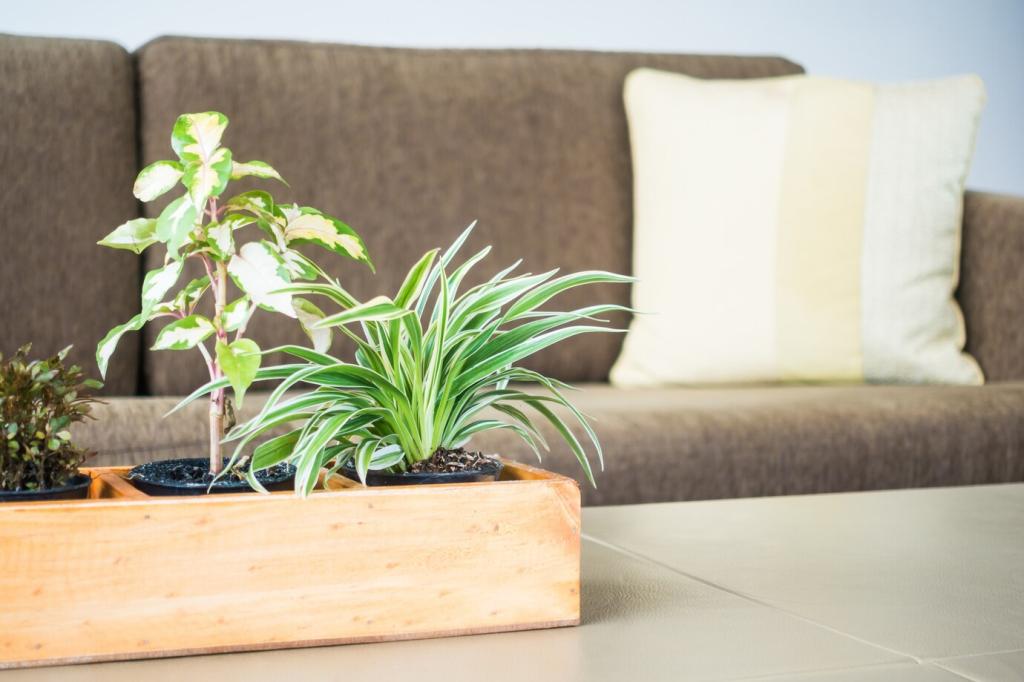
Enhanced Home Value
A commitment to eco-friendly updates often translates into increased property value and greater marketability. Savvy buyers recognize the importance of green building practices, and homes with documented sustainable upgrades stand out in the housing market. High-quality, durable green flooring also boasts lasting visual appeal and performance, reducing the need for frequent repairs or replacements. Providing future occupants with healthier living conditions and reduced utility costs can be a compelling selling point, making eco-friendly flooring a smart investment for present and future homeowners alike.
Bamboo grows astonishingly fast—some varieties reach maturity in just three to five years—compared to the decades required for hardwood trees. This rapid growth reduces pressure on forests and enables farmers to renew crops quickly. The plant’s robust root system also helps prevent soil erosion and supports carbon sequestration, further enhancing its eco-credentials. Because bamboo can thrive without pesticides or fertilizers, its cultivation generally comes with lower chemical impact, making it one of the most resource-efficient flooring options available today.
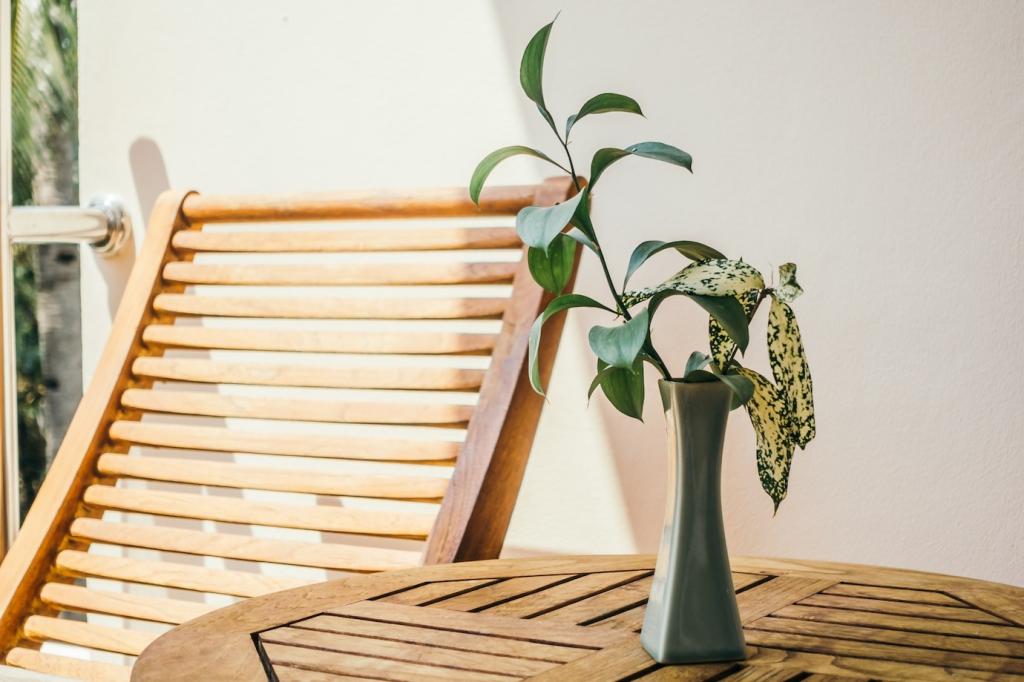
Cork Flooring: Comfort and Sustainability
The process of obtaining cork involves carefully removing the outer bark from cork oak trees, primarily found in the Mediterranean. Unlike logging, this method does not damage the tree, which continues to absorb carbon dioxide and support local ecosystems. The bark regenerates every nine to twelve years, allowing repeated harvesting throughout the tree’s long life. This sustainable approach ensures a renewable raw material supply while supporting rural economies and biodiversity in cork-producing regions.
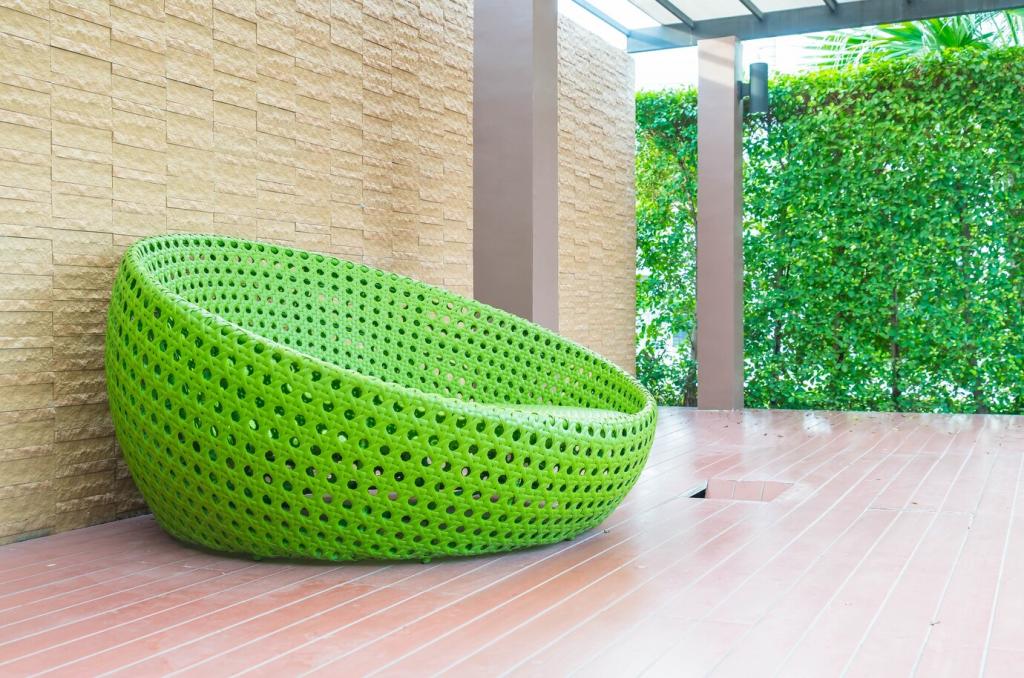
Reclaimed Wood: Giving Old Materials New Life
Resource Conservation
By reusing wood that has already served a purpose, reclaimed flooring significantly reduces demand for newly harvested timber. This practice alleviates pressure on forests and lessens the environmental toll associated with processing raw lumber. Utilizing existing materials avoids the greenhouse gases and waste generated by traditional lumber milling, transportation, and disposal. Homeowners who select reclaimed wood actively participate in reducing the depletion of natural habitats and promoting the closed-loop principles of sustainable building.
Unique Aesthetic Appeal
Reclaimed wood boasts a distinct appearance, often featuring nail holes, saw marks, and rich color variations that new flooring cannot replicate. These imperfections tell a story, adding depth and a sense of history to any room. Whether seeking rustic charm or industrial chic, reclaimed wood is versatile enough to match a broad range of design styles. The individuality of each plank ensures that no two floors are exactly alike, creating a truly personalized statement piece in your home.
Installation Considerations
Installing reclaimed wood can be more complex than working with new materials. Planks must be properly cleaned, treated, and sometimes milled to ensure consistent thickness. Sourcing from reputable suppliers who verify wood origins and quality is crucial. Reclaimed wood may also require specialized finishes to preserve its character and increase durability. Despite these extra steps, the result is a beautiful, long-lasting floor that honors history and exemplifies sustainable design.
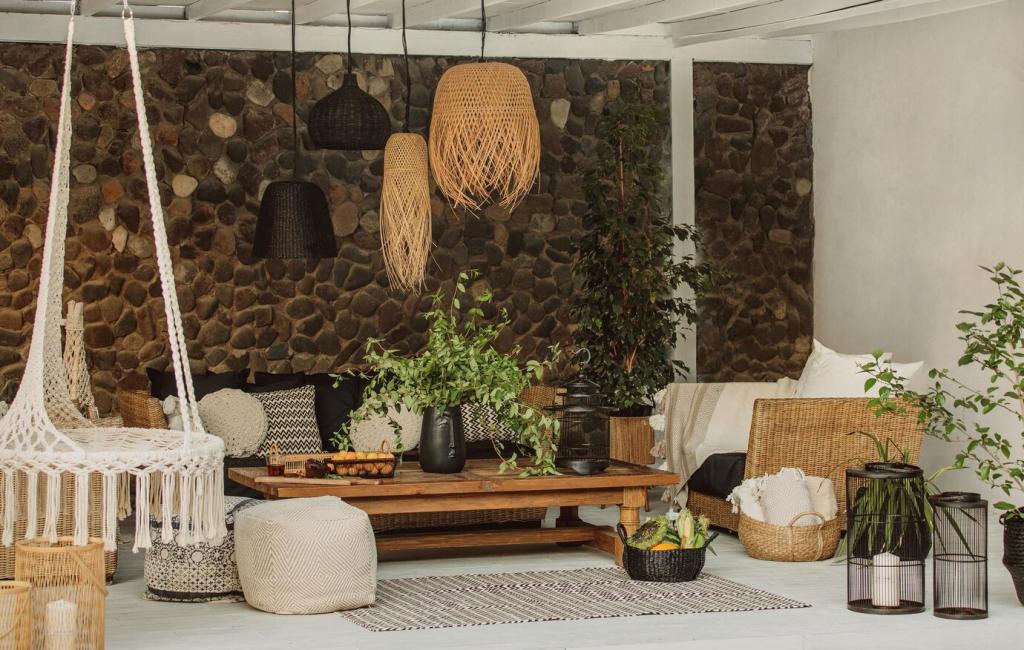
Linoleum’s formulation is inherently sustainable, utilizing plant-based and rapidly renewable ingredients. Linseed oil is derived from flax seeds, while wood flour and pine rosin come from managed forests. These materials are blended and applied to a natural jute backing, eliminating the need for petroleum-based chemicals common in many modern flooring types. As a result, linoleum is fully biodegradable at the end of its life, ensuring zero landfill waste and a cleaner ecosystem.

Modern linoleum comes in an impressive array of colors, patterns, and tile shapes, letting homeowners achieve both contemporary and classic styles. Thanks to its through-body color, linoleum resists fading and surface scratches, retaining its appearance over time. This versatility makes linoleum suitable for high-traffic areas, kitchens, and playrooms. Designers often favor linoleum for its creative potential, allowing for custom inlays and mosaics that can elevate the aesthetic of any space while keeping sustainability at the forefront.
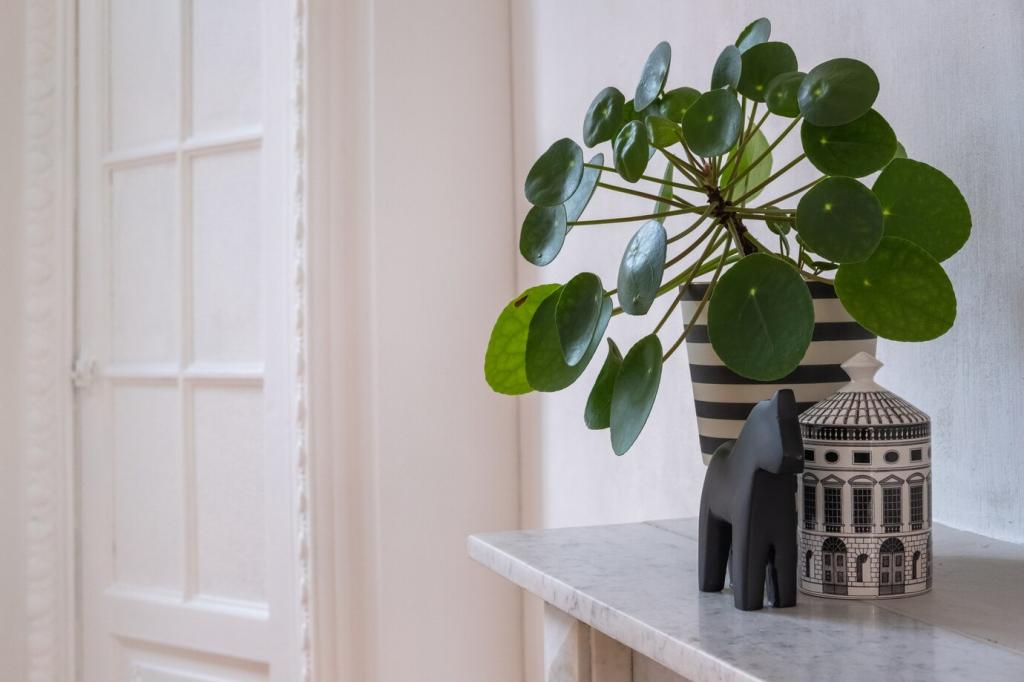
Linoleum is naturally antistatic and antimicrobial, making it particularly favorable for allergy-sufferers and busy households. It withstands daily wear, resists stains, and is easy to clean using mild soap and water. Periodic waxing helps maintain linoleum’s sheen and prolongs its longevity. Properly installed linoleum can last for several decades, providing a reliable, low-maintenance option that gracefully ages while contributing to a greener home environment.
Recycled Materials: Innovative and Responsible Choices
Recycled glass tiles are crafted from discarded bottles and other glass sources, remelted and formed into durable flooring pieces. Their shimmering finish and wide color spectrum lend artistic distinction to bathrooms, kitchens, and entryways. Glass tiles are naturally non-porous and hypoallergenic, requiring minimal maintenance. Installation recycles valuable materials, reducing demand for new raw resources, and each tile’s iridescent look adds a sustainable touch of luxury to the home.
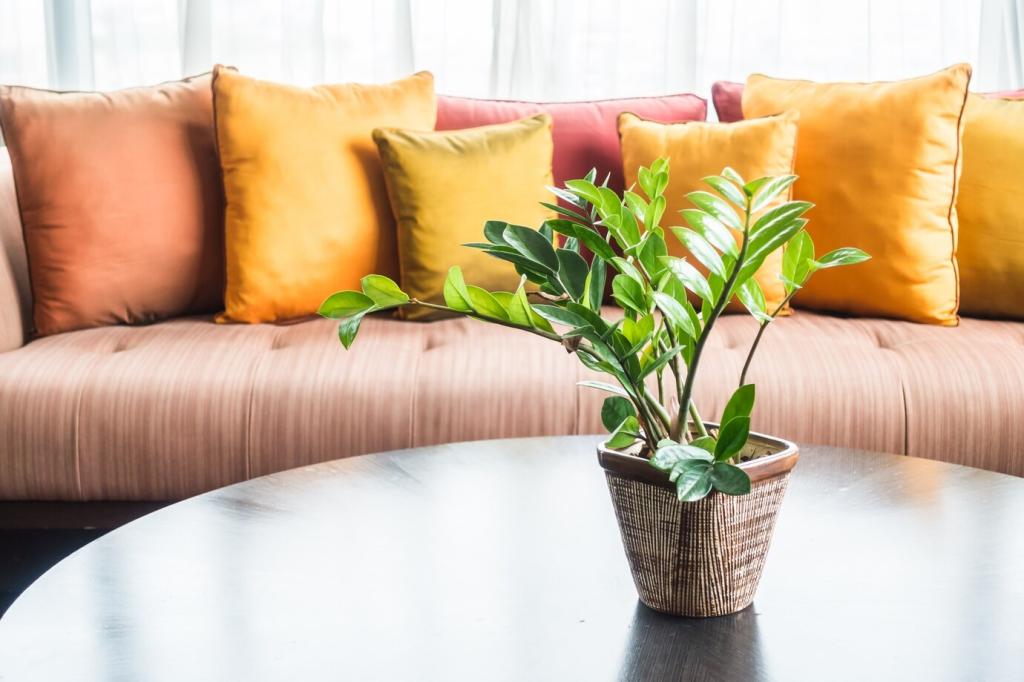
Stone Flooring: Natural and Long-Lasting Sustainability
Eco-friendly stone flooring begins with mindful sourcing practices. Choosing locally quarried stone reduces transportation emissions and supports regional economies. Responsible quarries follow environmental regulations and strive to minimize habitat displacement, water consumption, and landscape impacts. Homeowners should seek suppliers with transparent sourcing and stewardship policies, ensuring their stone flooring aligns with sustainability principles and conserves natural heritage for future generations.
One of natural stone’s greatest merits is its extraordinary lifespan. Properly maintained, stone flooring can endure for centuries, reducing the need for frequent replacements and conserving resources in the long run. Its hard-wearing surface resists scratching and staining, making it suitable for high-traffic areas or homes with pets. The enduring appeal of stone, whether polished to a shine or left rough-hewn, ensures your flooring remains a striking feature for generations.
Stone flooring requires minimal care to stay in prime condition. Sealing after installation protects against stains and moisture, while regular sweeping and occasional mopping keep surfaces looking fresh. Natural stone is inhospitable to dust mites and allergens, supporting healthy indoor air. Its thermal mass can aid in passive heating and cooling, contributing to energy efficiency and further advancing the environmental benefits of this time-honored flooring material.
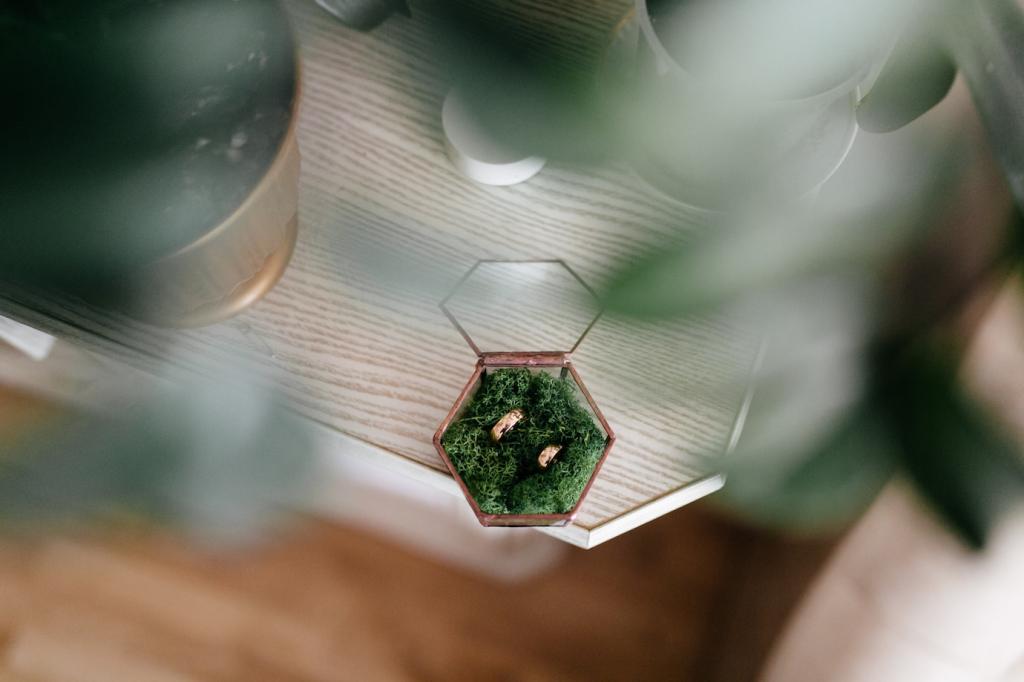
Eco-Friendly Carpeting: Comfort Meets Sustainability
Wool and Natural Fiber Carpets
Wool is a classic, biodegradable carpeting choice that offers luxury and warmth without synthetic additions. Untreated or minimally processed wool is naturally flame retardant and resistant to dirt, reducing the need for chemical treatments. Other natural fibers such as sisal, jute, and seagrass provide textural variety and robustness for busy areas. Sourced responsibly, these fibers regenerate regularly and break down harmlessly at the end of their useful life, embodying the principles of sustainable design.
Recycled Content Carpets
Many manufacturers now produce carpets containing recycled plastics, nylon, or other fibers, diverting waste from landfills while delivering durability and colorfastness. These carpets often carry independent certifications verifying their environmental claims, giving buyers assurance of true sustainability. The use of recycled materials in both backing and pile fibers helps close the loop on waste, and modern production techniques ensure that eco-friendly carpets match conventional products in softness and resilience.
Low Emission and Non-Toxic Options
A key concern for eco-conscious homeowners is indoor air quality, traditionally compromised by off-gassing from carpet adhesives and synthetic backing. Green carpeting options emphasize low-VOC manufacturing and the use of natural adhesives, reducing the emission of harmful fumes. Certification programs such as Green Label Plus help consumers identify carpets that meet strict health and environmental criteria. Eco-friendly carpeting thus enhances wellness and comfort in the home without compromising sustainability values.
Installation and Maintenance: Maximizing Eco-Friendly Benefits
Installation can introduce unwanted chemicals if traditional adhesives, sealants, or finishes are used. Select installers experienced with eco-friendly products and techniques to ensure the healthiest result. Water-based adhesives, formaldehyde-free underlayments, and low-VOC finishes all contribute to safer indoor environments. Carefully preparing the subfloor and acclimating materials prior to installation prevent issues that could reduce your floor’s lifespan, supporting both durability and sustainability.
Routine care for eco-friendly flooring emphasizes gentle, non-toxic cleaning methods. Many sustainable floor types require only sweeping and the occasional damp mop with mild soap, avoiding harsh chemicals that could damage surfaces or harm indoor air. Protective pads on furniture, regular area rug rotation, and prompt attention to spills prevent unnecessary wear. This mindful approach preserves both the integrity of your floor and the surrounding environment.
Thoughtful planning doesn’t end once your flooring has served its purpose. Many green floors can be recycled, biodegraded, or repurposed instead of sent to landfills. Carpets made from natural fibers, genuine linoleum, and reclaimed wood all have sustainable end-of-life options. Check manufacturer recommendations or local recycling guidelines to ensure the responsible disposal of old flooring materials, and consider donating usable offcuts to community organizations when possible.
